Here’s the lecture on stacked axon mapping.
https://youtu.be/oxA6ncvlpZk
Here’s the general instructions from Studio Culture: http://www.sectioncut.com/studio-culture/how-to-make-an-exploded-axon-mapping
Creating a brighter future for New Orleans Youth
Here’s the lecture on stacked axon mapping.
https://youtu.be/oxA6ncvlpZk
Here’s the general instructions from Studio Culture: http://www.sectioncut.com/studio-culture/how-to-make-an-exploded-axon-mapping
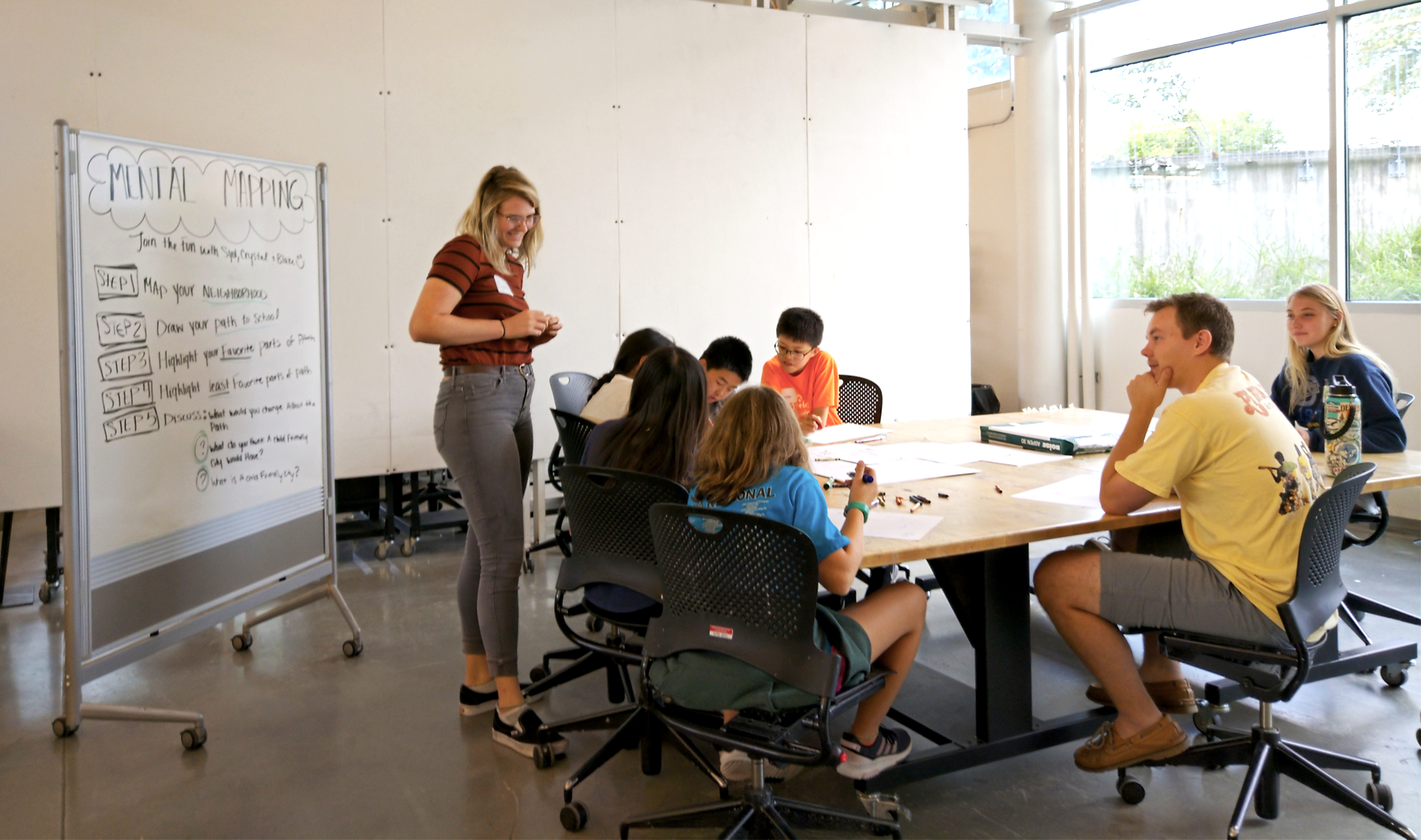 About The Workshop
About The Workshop
As a group of students learning about urban design, we are curious about how children cognitively remember a space. The purpose of the workshop was to see inside a child’s mind for one of their daily tasks; the journey from home to school. Having 6th through 8th graders map out their path from home to school, we could see what aspects of the journey stands out to them most. We then asked them to discuss what part of the journey did they like the most and least. Understanding what a child enjoys and dislikes on the journey from home to school is essential to urban designers. When creating a child-friendly city we need to recognize what aspects we need to focus and eliminate as a whole. In the end, as a group we discussed what they would like to change about the path, what do you think a child-friendly city would be like and what is a child-friendly city?

Child Responses
The kids all had unique ideas of what they thought a child-friendly city meant.
Some of the responses included: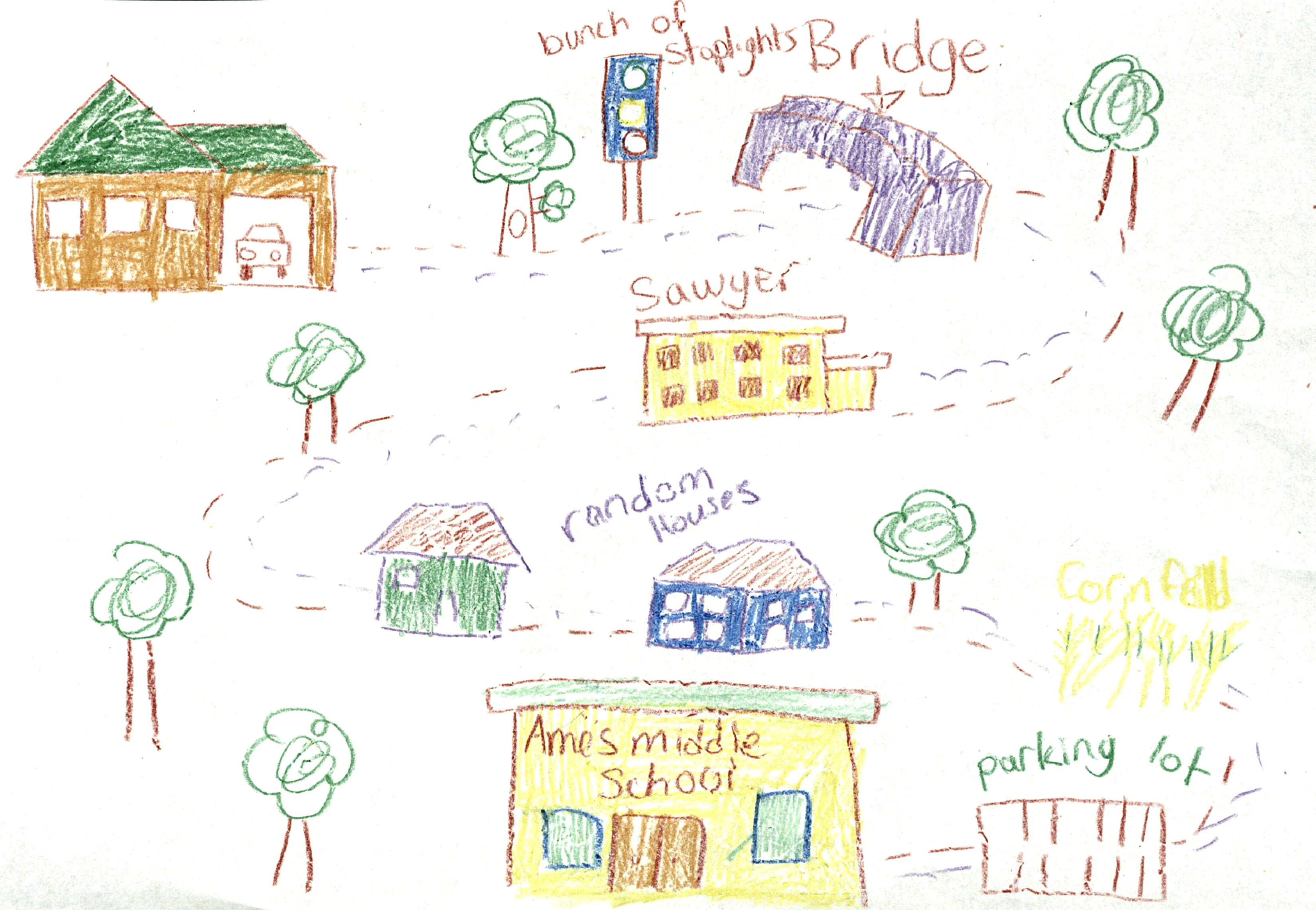
While many of the kids’ responses were constructive and practical, other ideas were a little more.. playful.
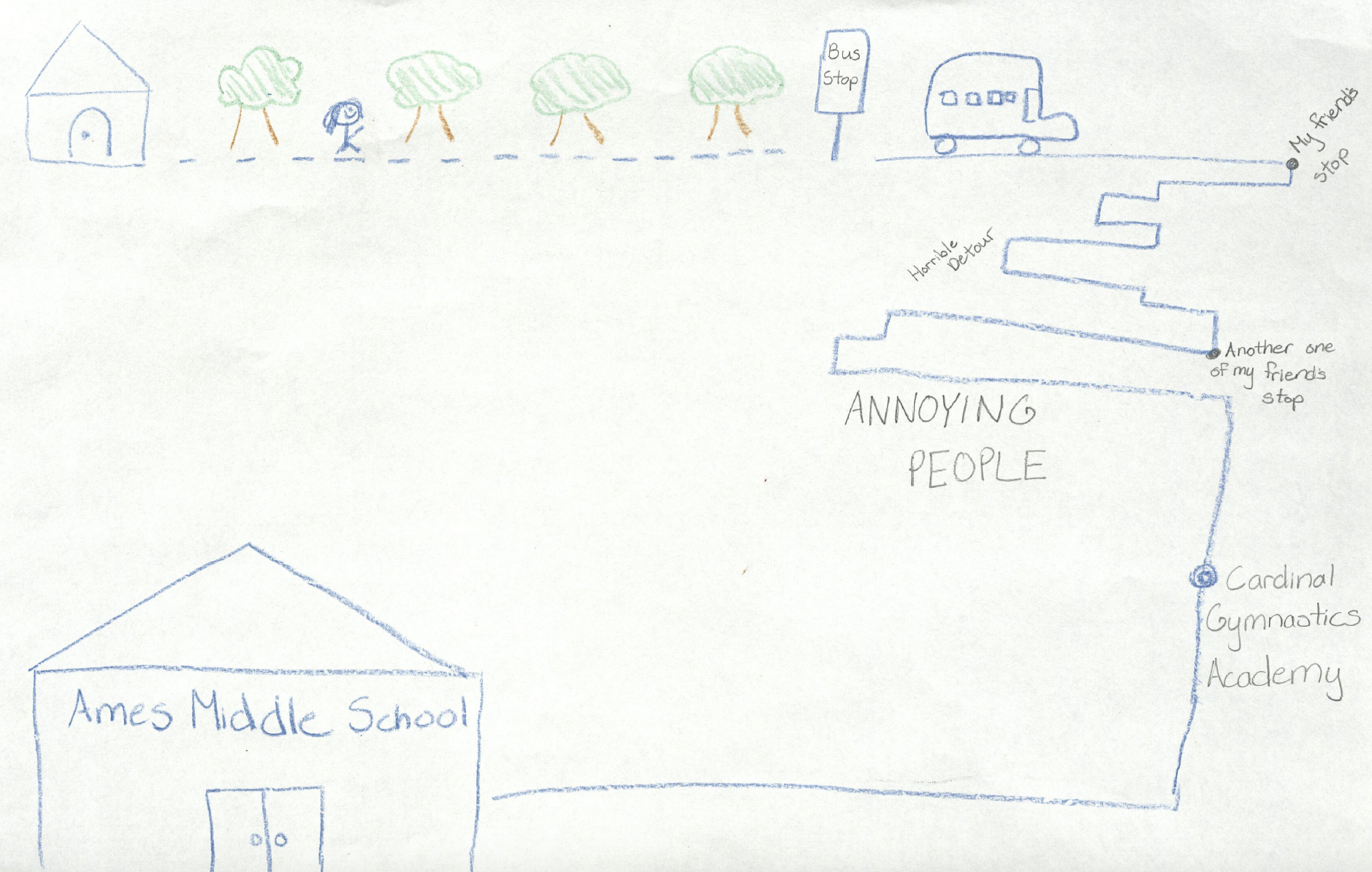
Important Take-Aways
What we learned from the Mental Mapping Workshop is that kids have ideas and opinions for what they want their city, town, or school to be like. And as urban designers, we need to listen. If we truly care about our children and the youth of a city, we should be building, renovating, and creating with their lives in mind.
Create Your Own Story:
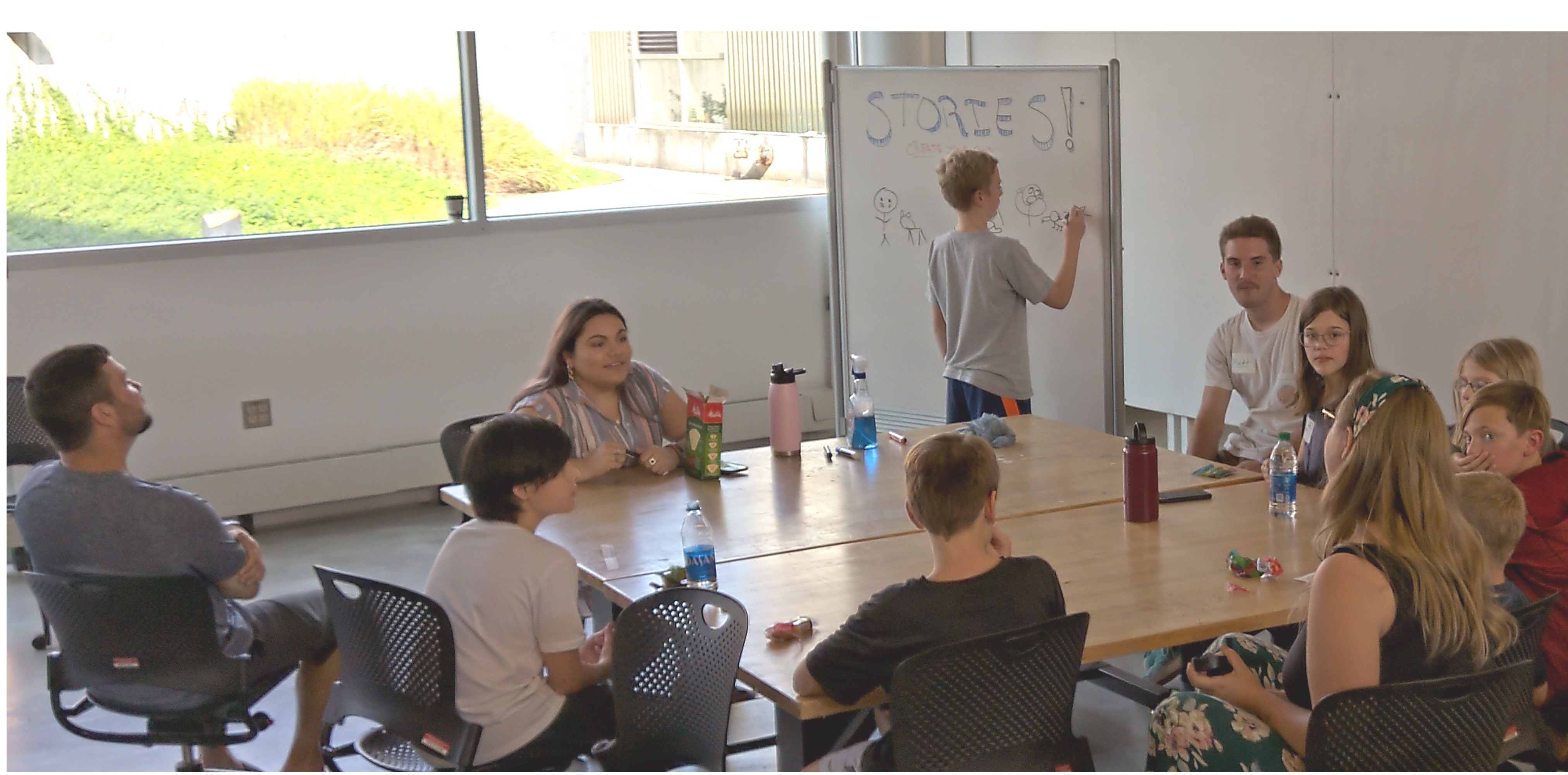 Our studio had the awesome opportunity to work with some local rockstars from Ames, IA. There were four different workshops going on: Drawing a City, Mental Mapping, Build Your Dream City, and Story Starters. In our group, we got the chance to listen to the students develop their stories based upon different prompts. The prompts were either fantastical like, “I was flying a kite when suddenly a gust of wind came and __________” or more structured ones like, “I was walking to ________ to get __________”.
Our studio had the awesome opportunity to work with some local rockstars from Ames, IA. There were four different workshops going on: Drawing a City, Mental Mapping, Build Your Dream City, and Story Starters. In our group, we got the chance to listen to the students develop their stories based upon different prompts. The prompts were either fantastical like, “I was flying a kite when suddenly a gust of wind came and __________” or more structured ones like, “I was walking to ________ to get __________”.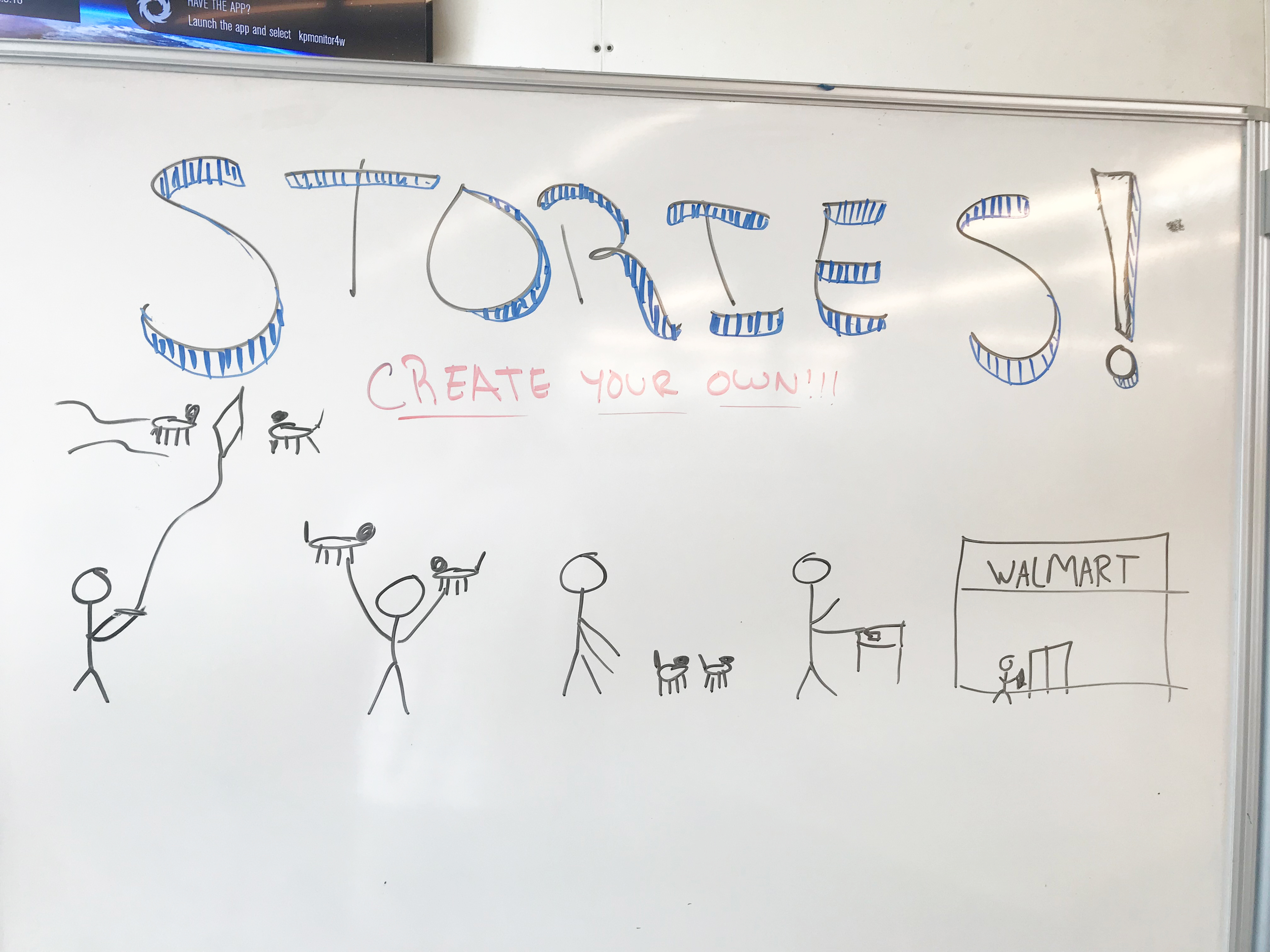
The point of the prompts was to hear what creative ideas were floating around in these 6th-8th graders’ heads, and to channel their every day experiences to better understand how they are viewing the world. Honestly, their worlds are pretty extraordinary. Though sometimes filled with random explosions, our group also took their dogs to the park, made pigs fly, and solved world hunger with fish sticks. Though the logistics remain unclear for the execution of most of their ideas, the themes of exciting surprises, care for the world, and spontaneous combustion rang through.
What is a city? Some may think of it as a concrete jungle but when we asked children from Ames Middle School, we got some unique answers during discussion.
An obvious answer is that a city is simply a big town. But another thing to consider and ask ourselves is what makes city successful? What type city would you want to live in?
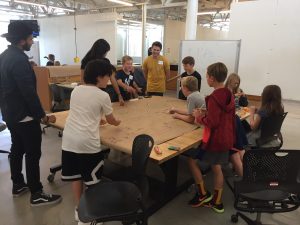
Before designing the “perfect” city, we asked the kids to think about what some of their favorite things about cities are.
Here’s what we got:
“What are your favorite things to do in Ames?”
“Going to my friend’s house after school and playing video games.”
“Going to the park”
What is your favorite city that you’ve been to and why?
“Singapore because it’s cool.”
“Denver because of 16th street”
What do you want to be when you grow up?
“A baseball player.”
“A rich engineer.”
What is important for a city to have?
“Running water.”
“A restaurant.”
“An airport so people can get here.”
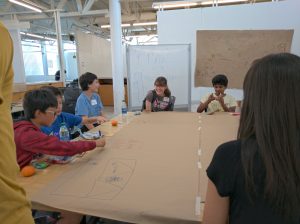
After discussion, we asked all the kids to work together to create a dream city of their own.
Draw a place that you would want to go to. What’s the weather like? Is it a big city or a small city?
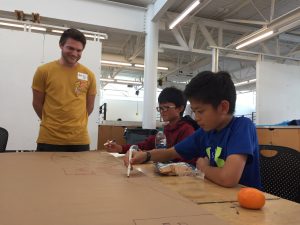

During the process, we asked them what they included what they did onto their drawings and what other elements would be important to include. We found that there was a pattern in both of the two groups that did this workshop exercise. They all started with buildings and structures, then included roads to connect them. Then with our help, they decided that it was also important to add other things such as schools, malls, parks, and bodies of water such as lakes and rivers. Lastly, some even went as far as to create landmarks, flags, and names for the city. Images attached below are the results of this exercise.
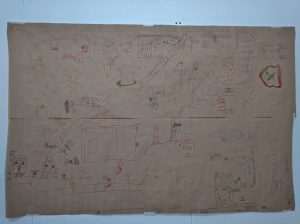
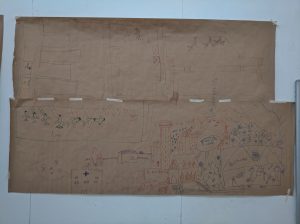
Thank you to the kids of Ames Middle School for their help in our design process.
-Sharissa, Sandeep, and Austin